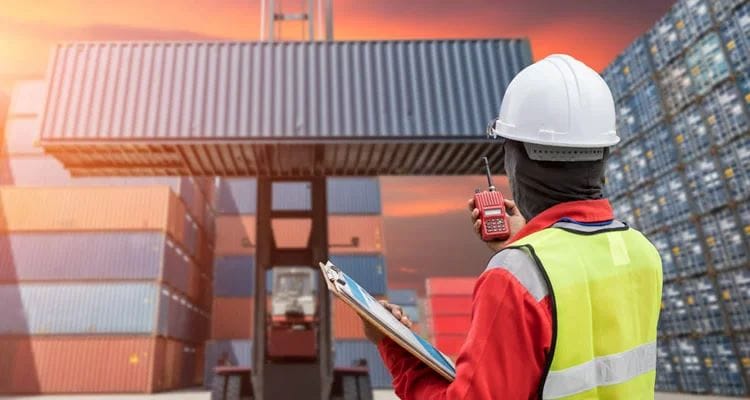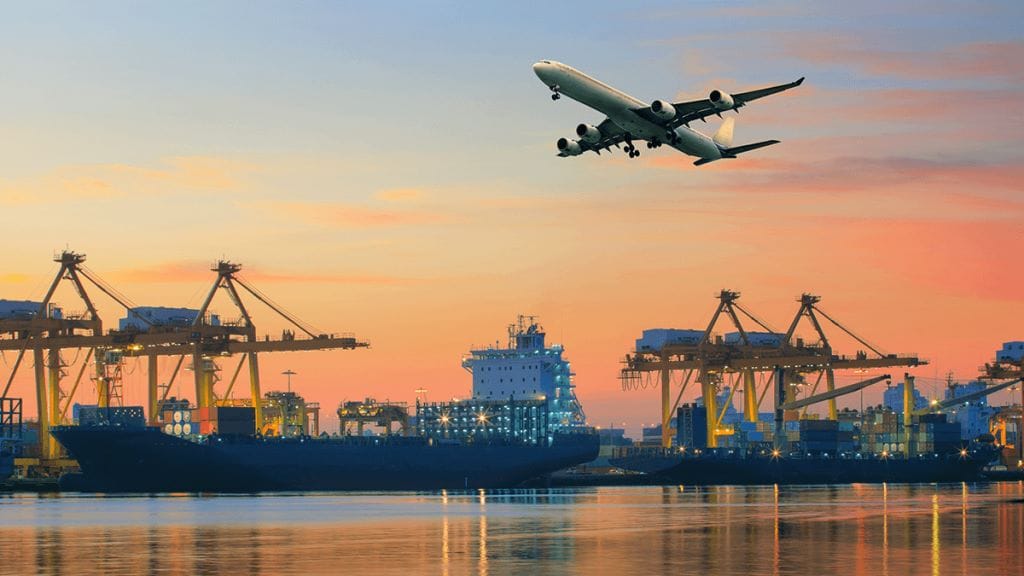In international trade, customs clearance is a crucial link to ensure that imported goods comply with national laws and regulations and are delivered on time. This article will introduce the customs clearance process and related fees in detail to help companies handle international freight more efficiently.

Introduction to Customs Clearance
Customs clearance refers to the procedures that should be performed in accordance with various laws, regulations and regulations when importing, exporting or transiting goods enter and exit the customs territory of a country. The customs clearance process involves multiple steps such as declaration, payment of taxes and fees, inspection and release before the owner or declarant can pick up the goods.
Any goods from one country entering another country must go through customs clearance procedures in accordance with regulations, and all items must be cleared through international logistics.
The Process of Customs Clearance
Declaration
Pre-record and review the documents through the computer system, and send the relevant information to the customs. After receiving the declaration information, the customs will conduct a preliminary review.
Inspection and quarantine
Depending on the nature of the goods, it may be necessary to declare to the Inspection and Quarantine Bureau. After the inspection, a customs clearance form or relevant certification documents will be issued.
On-site handover form
At the customs site, submit necessary documents such as customs declaration, invoice, packing list, etc., and conduct handover.
Inspection
Customs decides whether to inspect the goods based on the declared name of the goods, supervision conditions and inspection probability. If inspection is required, an inspection notice will be issued.
Taxation and release
Customs calculates the taxes and fees payable based on the value, tax rate and other information of the goods. After the taxes and fees are paid, the customs will release the goods. The release steps may include one-time release, second release after issuing an inspection notice, and customs clearance after inspection.
Customs Clearance Documents
Customs clearance documents are necessary documents to ensure the smooth passage of customs declaration. Common customs clearance documents include:
- Commercial invoice: proof of transaction of goods, listing detailed information of the goods, such as price, quantity, origin, etc.
- Packing list: detailed description of the packaging information and specifications of the goods.
- Bill of Lading: The carrier’s transportation certificate, which is an important document for customs clearance by sea or air.
- Certificate of Origin: Proves the origin of the goods, which helps to meet preferential tariff requirements.
- Import License: Some regulated goods, such as food and chemicals, require an import license.
How to Calculate Customs Duties and Other Taxes
Tariffs are taxes and fees determined by the type of product and the tariff schedule of the importing country. The tariff amount is usually calculated based on the CIF price (cost, insurance, and freight). Here is how to calculate tariffs
- Determine the value of imported goods: The CIF price (Cost, Insurance, and Freight) of the goods is usually used, which is the cost of goods + insurance + freight.
- Check the tariff rate: The tariff rate is determined based on the HS code (Harmonized System Code) of the goods. The tariff rates vary from country to country and from product to product, and can usually be checked on the customs website of the country where they are located
- Calculate the tariff amount: Tariff = Import value × Tariff rate
Some countries impose a value-added tax, which is usually included in the tax and fee based on the value of the goods together with the tariff. Here is how to calculate the value-added tax
- Determine the VAT rate: The VAT rate is set by the destination country and is usually charged on all imported goods. The tax rate varies from country to country and from product to product.
- Calculation formula: VAT = (import value + tariff) × VAT rate
Consumption tax is mainly imposed on luxury goods, tobacco and alcohol, and is levied under certain circumstances. The calculation method varies from country to country, and is usually calculated based on the CIF value or weight of the goods.
Calculation method: Consumption tax = CIF value × Consumption tax rate

Customs Clearance Fees
In addition to the above taxes and fees, certain customs clearance service fees will be incurred during the customs clearance process:
- Customs declaration fee: the customs declaration service fee handled by the freight forwarder or customs declaration company.
- Inspection fee: If the goods are randomly inspected or manually inspected by the customs, additional inspection fees will be incurred.
- Document processing fee: Some customs clearance documents require third-party certification or translation, and these processing fees are charged according to specific needs.
- Storage fee: If the goods need to be temporarily stored in the customs warehouse due to customs clearance delays, the storage fee will increase with the detention time.
How to Choose Suitable Freight Forwarding Company for Customs Clearance
Choosing a suitable freight forwarding company can effectively reduce customs clearance risks and save costs. The following are several key factors for choosing a freight forwarding company:
Qualifications and reputation
Choose a company with rich customs clearance experience and familiarity with the policies of the importing country, especially in handling sensitive or special goods.
Service scope
Understand whether the scope of services provided by the freight forwarding company is comprehensive, including transportation, warehousing, logistics and customs clearance solutions. Ensure that it can meet your specific needs
Customs clearance speed
The customs clearance speed of different freight forwarding companies may vary. It is recommended to choose a company with fast customs clearance capabilities to shorten the customs clearance time.
Transparent costs
Understand the various customs clearance costs and choose a company with transparent prices and reasonable charges to avoid unnecessary hidden charges.
Price comparison
When comparing quotations from different freight forwarding companies, you should not only pay attention to the price itself, but also understand the cost structure and service content to ensure the highest cost-effectiveness.
Communication skills
Choose a freight forwarding company with good communication skills and responsiveness. During the customs clearance process, it can communicate with you in a timely manner and solve problems.
Subsequent support
Understand the subsequent support services of the freight forwarding company after the goods arrive at the destination, such as delivery and after-sales, to ensure that the goods can be delivered smoothly and deal with possible problems.
Common customs clearance problems and solutions
Some common problems you may encounter during customs clearance include:
- Incomplete documents: Lack of necessary customs clearance documents may cause customs clearance delays or even detention of goods.
- Tax calculation errors: Tax calculation errors can lead to additional costs and customs clearance delays. Make sure to declare the value of goods accurately.
- Customs inspection: Goods may be randomly inspected by customs, and the inspection time and results may affect the speed of customs clearance.
- Regulatory changes: Customs regulations of various countries may change at any time, so you need to keep abreast of and comply with the latest regulations.
- Special goods: Certain goods (such as food, medicine, chemicals) require special licenses and additional inspections.
Customs clearance is an essential part of international trade. Its process is complicated and involves multiple costs. Through this article, you can learn that choosing a professional freight forwarding company can greatly improve customs clearance efficiency and reduce costs.
